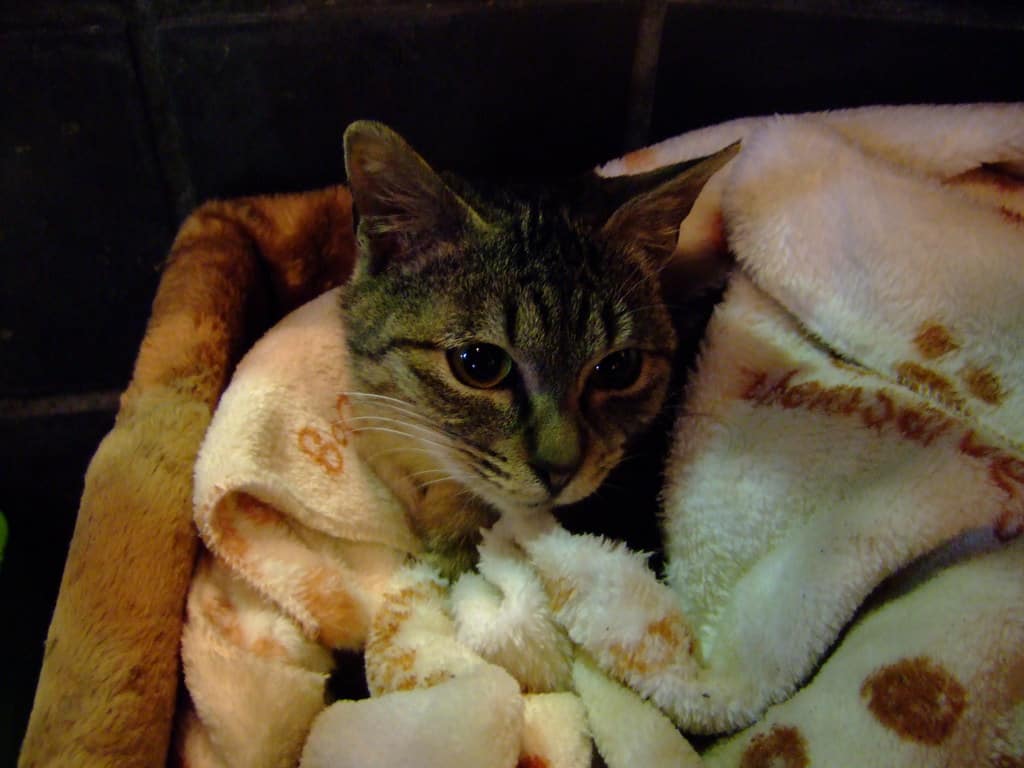
If your cat is sleeping under a blanket, it’s important to make sure that your cat is safe and warm. The best way to ensure that your cat’s safety is to remove any possible hazards around the bedding. If you notice anything out of the ordinary, such as something that might be too heavy for your cat to move on its own, or a flammable object like an old blanket or rug in the room, take action immediately.
Cats are generally very good at hiding their discomfort when they’re sick or injured. They may not show any signs of distress until they become more seriously ill or injured. Sometimes cats will hide these problems even from their owners! This means that you may not be able to tell if there’s anything wrong with your cat until after he has become more seriously ill or injured.
Cats are naturally curious, and they can easily get themselves stuck under blankets. When a cat gets stuck under the blanket, it is most likely because of its curiosity.
Cats are not afraid of getting stuck under blankets. They do it because they want to know what is underneath it. However, if you have a very heavy blanket that is covering your entire bed or couch, then this could lead to a suffocation for your kitty.
In some cases, if your cat is sleeping on top of the blanket and not underneath it, then he may be able to breathe normally. However, if the blanket covers him completely, then he will suffocate under it.
If you suspect that your cat has been suffocated under a blanket, it is important to act quickly before it becomes too late. If you suspect your cat has died due to this, call us immediately so we can help get him/her out of there safely!
Why Do Cats Burrow Under Blankets?
There are many reasons why cats bury their heads under blankets, but the most common reason is that they want to keep warm.
Many cat owners are concerned about their kitty’s behavior when it comes to using a blanket as a hiding spot and worry that they might be sick or have fleas. However, if your cat isn’t displaying any signs of illness and you haven’t seen any evidence of fleas around her house, there’s no need for concern.
Cats have a natural instinct to hide when they feel threatened or scared, which can make it difficult for them to feel comfortable in the presence of people and other animals.
In addition to feeling insecure or nervous around people, cats also feel uneasy when confronted by unfamiliar dogs or other animals — which is why they tend to burrow under blankets when they get scared or agitated.
However, there are other reasons your cat might sometimes like to hide under the covers. Some cats find hiding in this way comforting and relaxing, especially if they’re anxious or depressed. Some cats even like to nap while they’re under there!
Can You Suffocate Your Cat While Sleeping?
It’s a natural human instinct to want to curl up with your cat at night. It’s cozy and warm, and they purr in your arms as you fall asleep.
However, if you decide to lie down with your cat and they are not breathing normally, they could be in trouble.
If your cat is sleeping on their side or back and suddenly stops breathing, there may be no way for you to wake them up without risking breaking their neck or spine.
Suffocation is a common cause of death in pets. And it’s not just about choking on a toy or being trapped in a small space. Even cats who sleep with us can get trapped or strangled.
The most common method of suffocating your cat is to put them face down on their back, trapping their airway and causing asphyxiation. If you’re worried that this could happen, here are some things you might want to keep in mind:
Do they snore? Snoring is a sign that your cat may be breathing in an abnormal manner, which may result in them becoming disoriented and not being able to breathe properly. This could lead to suffocation if you are not careful about their sleeping positions.
Are there any signs of distress? If your cat is acting stressed or ill, be sure to take care of them at home rather than leaving them alone for long periods of time.
Is there anything else going on around the house? For example, if there are animals or children in the house, then you may want to keep them away from your cat so as not to confuse them and make matters worse for both of you!
Can a Cat Suffocate in a Box?
Yes, it’s possible for a cat to die from asphyxiation. But it doesn’t happen very often, and the risk depends on how much space is available for the animal.
A small kitten or adult cat could fit into a shoebox or similar container with plenty of room to move around and breathe. However, if there isn’t enough room for your pet to move around and breathe properly inside the box, then it could suffocate just like any other animal would (human or otherwise).
When you put a cat in a box, she has no way of getting out unless she can squeeze through the sides. If she can’t get out and doesn’t want to be trapped inside, she will try to breathe as little as possible.
Cats are very good at using their whiskers as an extra sense so they can find out if there is air coming in or not. If there is no air coming in, then their breathing will become more difficult and their heart rate will increase until they are no longer able to breath anymore (this is called respiratory failure).
In order to prevent this from happening, make sure that the box you choose is big enough for your cat to fit into comfortably without having any trouble squeezing through the sides!
How Long Does It Take for a Cat to Suffocate?
It takes a while for a cat to suffocate. The body temperature of a healthy cat is 101-102 degrees Fahrenheit, so their body needs to cool down to 80 degrees before they can die from lack of oxygen. A cat’s body temperature can fall as low as 78 degrees within 15 minutes, and if this happens, your cat may not be able to make it through the night.
Most cats will breathe for themselves for about two hours after they have stopped breathing or have stopped moving their limbs around. If you see your cat pass out, check him or her right away to see if he or she is breathing normally and try to get them back up on their feet again by gently rubbing them with a towel or blanket if they seem drowsy enough not to respond immediately.
Breathing is what keeps cats alive. But if your cat stops breathing, it’s not too late to save her. She may still respond to treatment, even if she has been unconscious for a while.
A cat who stops breathing will usually show signs of distress within a few minutes, such as restlessness, panting and excessive licking at the nose or mouth. The signs can be mild or severe depending on the cause and how long the problem has been going on.
If your cat is having trouble breathing, take her to the vet right away — even if she seems to be recovering. If she’s in shock from lack of oxygen (hypoxia), she could suffer permanent damage if left untreated.

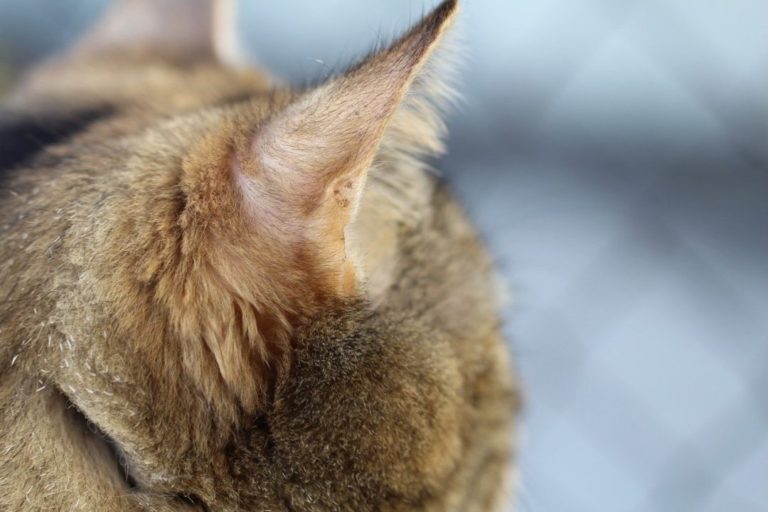

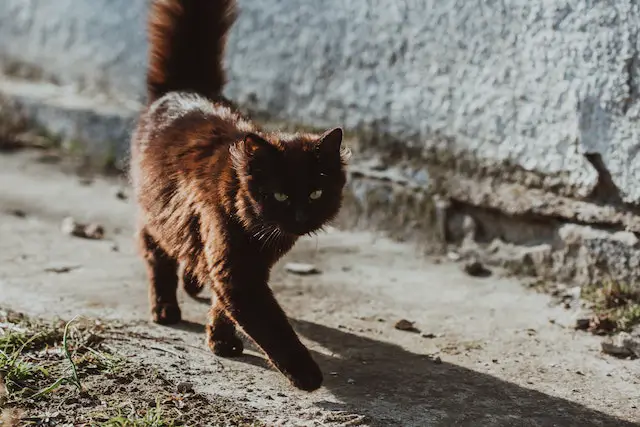
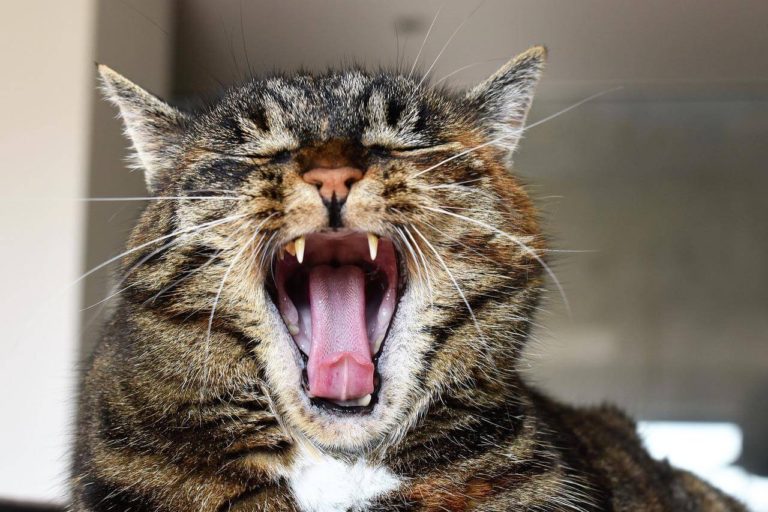
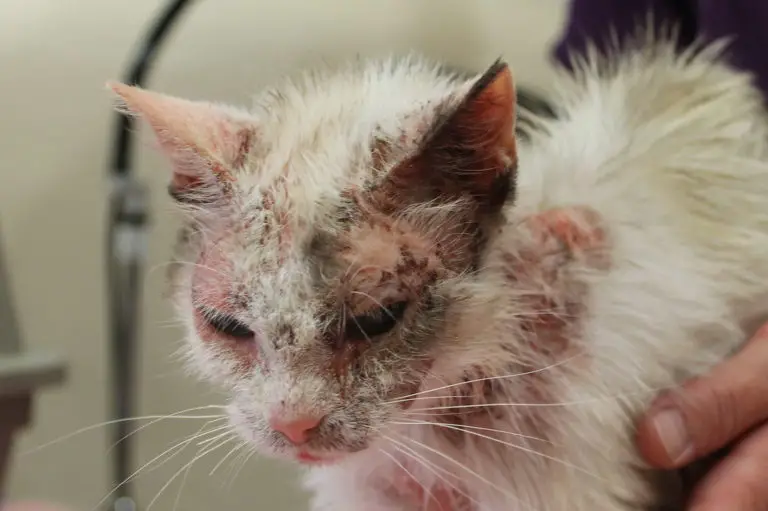
![Cats Haircuts Do Cats Need Haircuts? [Cat Grooming Guide]](https://kitteria.com/wp-content/uploads/2022/05/Cats-Haircuts-768x512.jpg)
